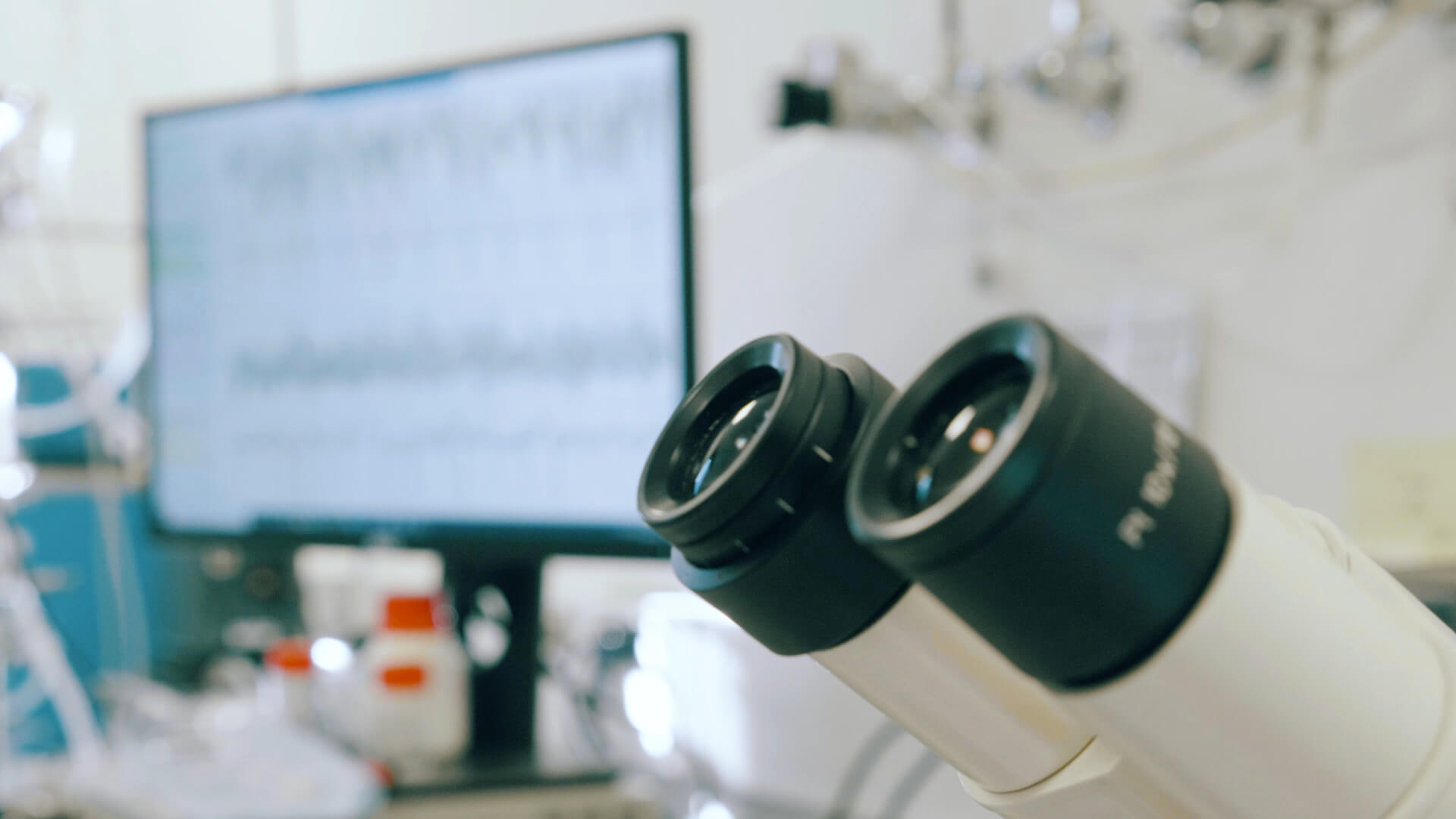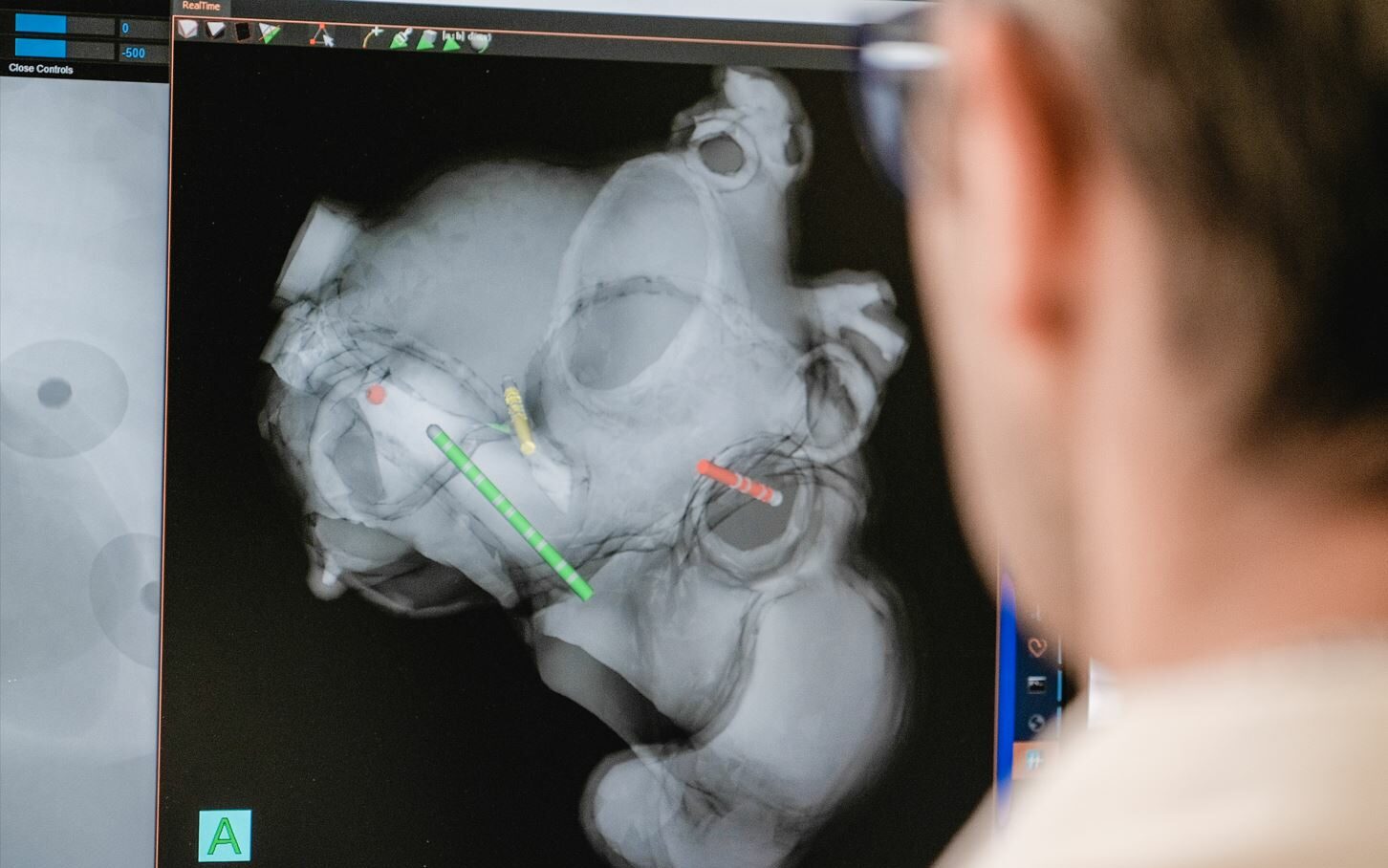Research challenges

The lines of research emerge directly from the clinic and from observations made in patients, which makes Liryc’s scientific programme unique.
Researchers are primarily studying atrial fibrillation, ventricular fibrillation and heart failure, with the aim of developing new therapeutic strategies, implemented throughout the world.
Atrial fibrillation
Better treatment of atrial fibrillation
Liryc clinicians have identified the sources of atrial fibrillation in the pulmonary veins. However, the cellular mechanism responsible for arrhythmia in the pulmonary veins and the potential molecular targets are still unknown.
A curative treatment, involving the cauterization of the pulmonary veins by a radiofrequency catheter, has been developed to exclude these sources of arrhythmia. However, progress is still needed to improve screening, diagnosis, prognosis or treatment of atrial fibrillation, the most common arrhythmia.
Lines of research on atrial fibrillation
It is around these challenges that the research projects are therefore focused:
- To develop better ablation tools for safer, faster and easier procedures, including non-invasively guided personalized therapies.
- To develop specific drug treatments targeting venous cells.
- To develop biomarkers for arrhythmia screening or risk quantification, atrial fibrillation progression, as well as new strategies.
- To improve our understanding of the molecular and sub-cellular mechanisms of the disease.

Ventricular fibrillation
Better prevent ventricular fibrillation
Young patients with genetic predispositions or purely electrical dysfunction may develop ventricular fibrillations, but the majority of ventricular arrhythmias occur in association with structural heart disease. Indeed, nearly 40% of sudden cardiac deaths appear as a complication of heart disease (acute myocardial infarction, for example) and are potentially reducible by preventing risk factors and coronary ischemia.
Liryc clinicians have located the sources of sudden death in the electrical system of the heart, called the Purkinje network. An innovative curative treatment by the destruction by thermo-ablation of these sources of arrhythmia makes it possible to prevent sudden death.
The major challenge, on which the research teams focus, is to identify subjects at high risk of sudden cardiac death. Today their survival rate does not exceed 4%, as their identification is not yet possible. There is significant progress to be made when we know that these subjects could be equipped with an implantable defibrillator or treated with anti-arrhythmic drugs. Unfortunately, a great majority of people who will die suddenly do not know they are sick.
The lines of research on ventricular fibrillation
Liryc’s research programme focuses on the development of non-invasive means (without the introduction of intracorporeal catheters), to detect potentially “turbulent” areas, using the tools available:
- Mapping of cardiac potentials.
- Scanner imaging.
- MRI scan.
This will involve examining, from outside the body, cardiac architecture and electric fields with very high resolution to identify gradients indicating an electrical risk.
Heart failure

Better understanding heart failure
In terms of heart failure, Liryc clinicians have contributed to the development of a therapy, comprising a resynchronization of the heart via stimulation probes.
The therapy has spread rapidly at clinical level despite a limited understanding of its mechanisms of action. Applied at an early stage of the disease, it can prevent its development and worsening, and would have a major clinical and socio-economic impact.
The lines of research on heart failure
The challenges today are:
- Better understanding the mechanisms responsible for heart failure and dyssynchrony, particularly at metabolic level.
- Understanding how cardiac resynchronization can improve myocardial contractions, enabling blood to circulate within the body, so that more patients can benefit from it.
- Defining the factors making it possible to anticipate the disease, based on telemedicine data, to improve patient care.